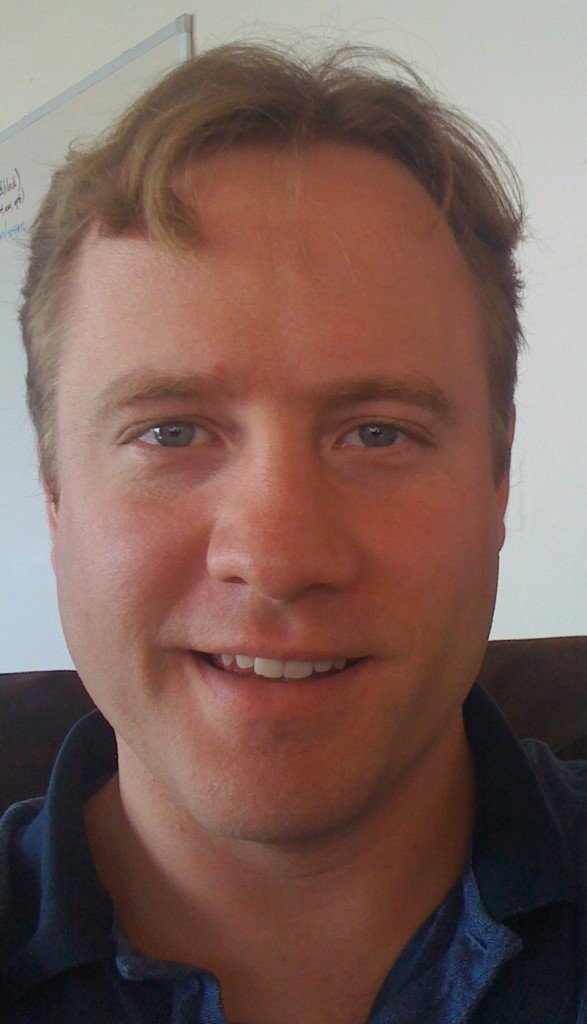Interview with Ernie Miller, creator of great gems like Squeel, Valium and etc.
июля 17, 2012 | Published in Интервью
Перевод интервью на русский язык будет опубликован немного позже.
Today in our virtual studio we welcome a super guest. His name is , hi is an extremely productive programmer, Rails contributor, and maintainer of very useful projects such as MetaWhere, Squeel, Valium, etc.
![]() Hi Ernie, please introduce yourself for RubyDev readers.
Hi Ernie, please introduce yourself for RubyDev readers.
Hi Vladimir, thanks for the opportunity to “visit” with you. I’ve been a developer with for a bit over a month now, and I’ve been loving it. As for hobbies, I enjoy recreational coding, PC and console gaming (currently spending quality time with Diablo 3), reading, and spending time with my wife and stepdaughter. I also volunteer as a crisis counselor at my church.
Ernie, I want to thank you for your projects. I like MetaWhere and Valium and I have started to use Squeel in my new project. And all these three gems (or ActiveRecord extensions) are awesome and I recommend to all Rails developers to use these tools. Can you briefly describe these gems developed by you?
Sure.
and are very similar. They’re both attempts to expose more of the ARel awesomeness that underpins ActiveRecord 3.x to the developer. At its simplest, this means you can do more than equality and inclusion conditions in your where clauses without resorting to SQL snippets in strings. The primary difference between MetaWhere and its successor, Squeel, is that Squeel has an improved DSL, additional functionality, and cleaner internals. These gems really wouldn’t have been possible if it weren’t for the awesome work on ARel by Nick Kallen, Bryan Helmkamp, Emilio Tagua and of course, Aaron Patterson. Emilio and Aaron were always especially encouraging and helpful as I first began using, then contributing to ARel.
is much smaller, and much simpler. It’s just a gem that allows for improved performance when selecting only a few attributes from your AR models, because it avoids the overhead of instantiating ActiveRecord::Base objects for each returned row. The functionality is similar to “pluck” which has been added to Rails core more recently, though I think Valium is better. :D

